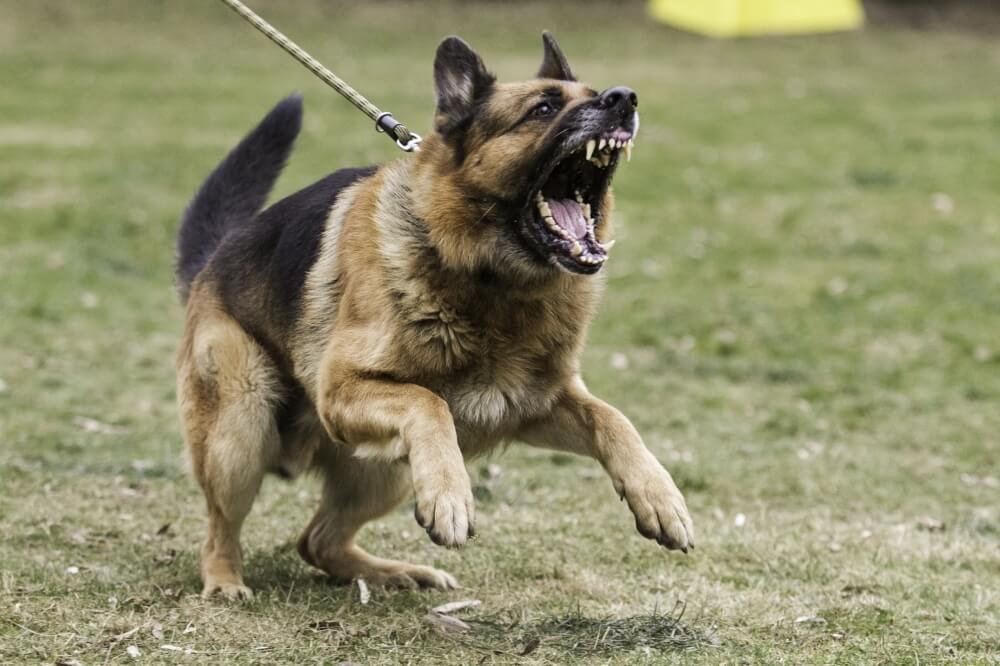Dogs use a variety of cues to communicate with each other and humans. They verbalize thoughts, feelings, or opinions through growls, whines, or barks that can be loudest when it’s time for them to take action on something they don’t want you doing! If your dog barks, there is a reason why. It may be simply a response to a stimulus, like a jogger running by the house—or it may be your dog’s way of asking for help. It would be best if you found out why dogs bark to stop them from barking.
Some Reasons Dogs Bark
Barking is a natural behavior for dogs, and there are many reasons why they do it. Some dogs bark for attention, some to express excitement or joy, and others as a warning or defense mechanism. Regardless, barking can be frustrating for pet owners when it becomes excessive—understanding why your dog barks are the first step in finding a solution to the problem.
Health or Aging
As dogs begin to age, they will sometimes bark at night even if there doesn’t appear to be anything for them to be concerned about. When this behavior develops, it could be a sign of cognitive dysfunction. If you notice your older dog barking into the corner or at walls during the night, make an appointment with their veterinarian. They may be telling us they’re uncomfortable, and it’s essential to take action before things get worse!
Defensive or Fear
This is your dog’s way of sending you a distress signal. It could mean another dog is nearby or a stranger is approaching the house. The bark is usually deeper and may have an aggressive growl associated with them, and it will be incessant. If your pup is anxious, their fur will be raised, their tail between their legs, and their head will be low.
Food and Attention Bark
Sometimes the bark means they want food, sometimes they need to go for a walk, and sometimes they want attention. Pay attention to their body language if your dog is barking and you can’t figure out why. Often, they will give you clues as to what they need. They are probably hungry if they paw at you or lick their lips. They probably need to go for a walk if they are leaning against you or looking at the door. And if they are pacing back and forth or following you around, they are probably just looking for some attention.
Barking As Greeting
Pet owners love coming home when their dog greets them excitedly by jumping and barking. They feel this proves their dog’s love for the family. Dogs that greet their owners in this way are trying to communicate. But rather than professing undying love, they are probably trying to tell you that they are lonely and bored; their needs as a dog are not being met. The excitement is your dog’s way of burning off the excess energy that has been building throughout the day.. Dogs simply don’t use emotions as people do. Remember, they’re dogs. To love a dog means you must treat him like an animal, which means fulfilling him as nature intended him to be fulfilled.
Boredom
Your dog might start barking because of boredom. When dogs are not physically or mentally challenged, destructive behaviors may manifest. If your pup brings a leash, ball, or toy, it could hint that they need some playtime to release some pent-up energy. A dog needs exercise everyday to keep boredom at bay.
Excitement
The excited barking of your dog can signal that you’re home, especially if they start to bark when hearing the sound of their leash. The barks are often followed by a waging tail and happy-bodied position (ears perked and head held higher). The sound of excitement is one that dogs make when they’re with friends or family members. Yipping and yowling can be considered a way for packs to communicate their joy!
Pain or Distress
When you hear your dog barking in pain, it’s not just for show. They are letting their pack leader know that they need help. If you try to touch them, they might bark in anticipation of the pain or are already hurting. Seek medical attention from your veterinarian to determine the cause of irritation.
Reactive Barking
Often reactive barking is a single bark, but it can follow with more barking. When humans are surprised or scared, their voices go up a pitch to show they’re afraid. The same thing happens with dogs and other animals spooked by something surprising: Their body language also suggests alarm! This bark is uncontrolled, and body posture can vary as they were likely startled.

Positive Reinforcement
Barking can be controlled through positive reinforcement training, where the dog is rewarded for not barking. Here are some quick tips for this type of training.
- Keep it fun
- Wean from giving treats as a reward
- Praise immediately
- Give rewards for desired behavior
- Don't stop training
- Don't be inconsistent
- Don't complicate things
Nuisance Barking
If nuisance barking is a problem, consider these issues to find a solution. It’s the best way to show genuine love for your dog.
- Is your pup's world anchored by a pack leader who projects calm-assertive energy?
- Are you walking with him daily, which exercises his body and mind?
- Is he living a balanced life (diet, routine, rest, exercise)?
If you are looking for more help on how to help your pup check out this article More tips on problem barking.











